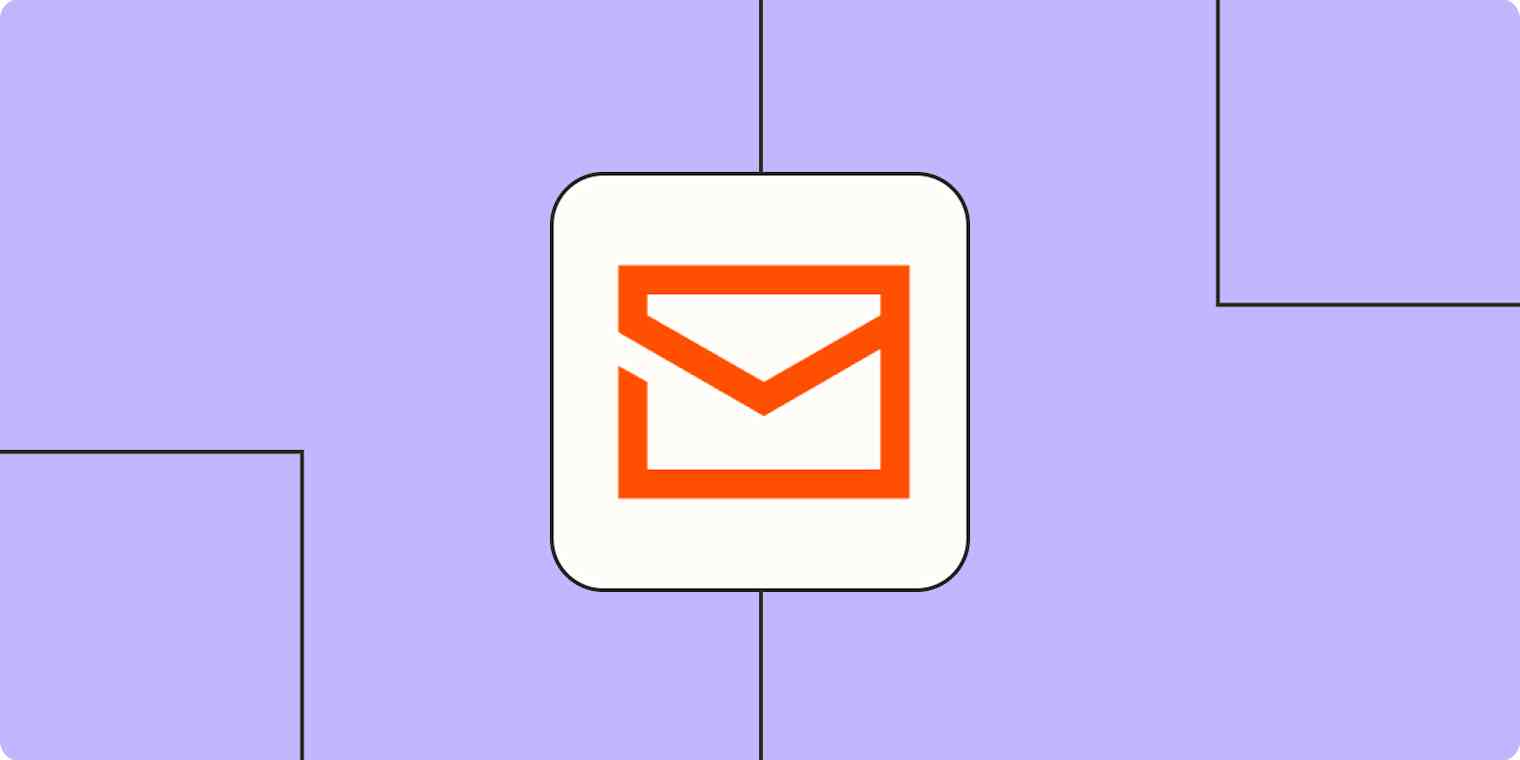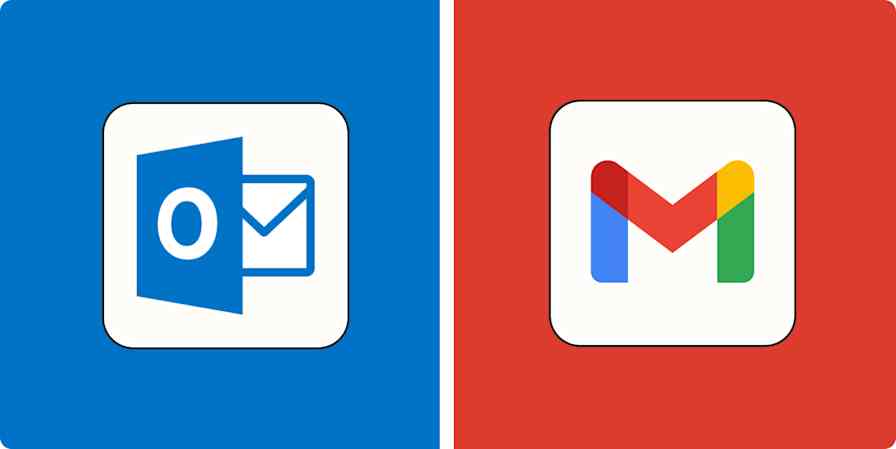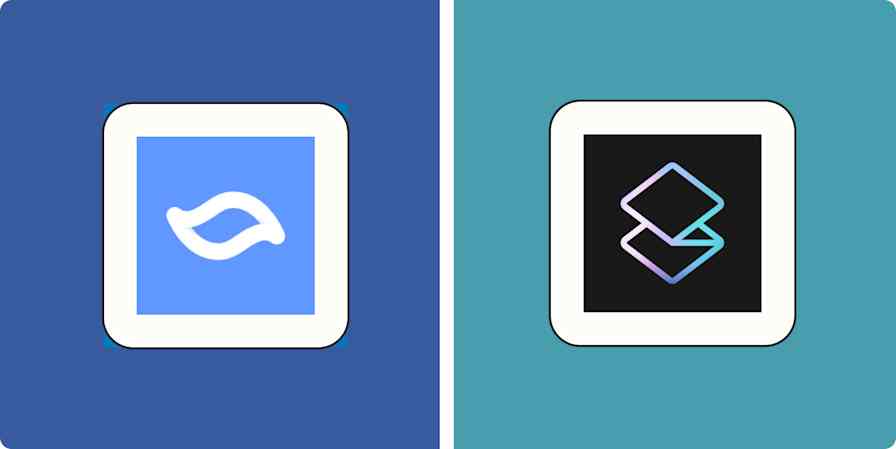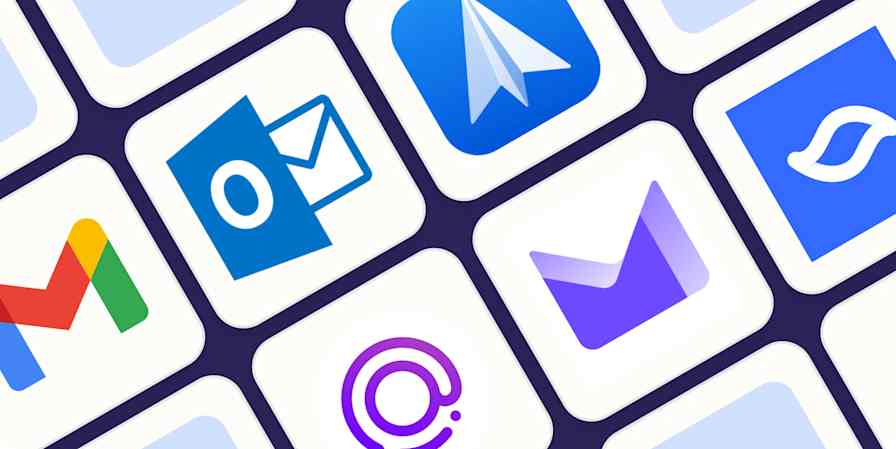Zapier feature guides
11 min readEmail by Zapier: A guide to putting your email to work, automatically
By Krystina Martinez · April 21, 2021

Get productivity tips delivered straight to your inbox
We’ll email you 1-3 times per week—and never share your information.
Related articles
Improve your productivity automatically. Use Zapier to get your apps working together.





